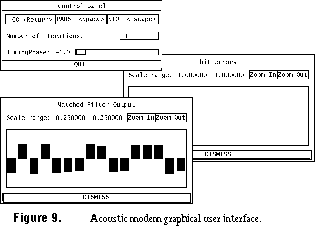
Mapping Multiple Independent Synchronous Dataflow Graphs

The useful properties of the peek/poke actors control the update rate of each link and the size and alignment of each transfer. The rates of the independent graphs determine whether we can use static scheduling or must perform dynamic scheduling. When dynamic scheduling is necessary, rate-monotonic priority assignment can be used in conjunction with a real-time operating system.
We are currently extending this work for both static and dynamic scheduling. For static scheduling, we are exploring the use of hierachical heterogeneous schedulers for distinct subgraphs of the overall specification [12]. To reduce the overhead of dynamic scheduling we are studying prioritized multithreaded execution and non-preemptive rate monotonic scheduling [11].